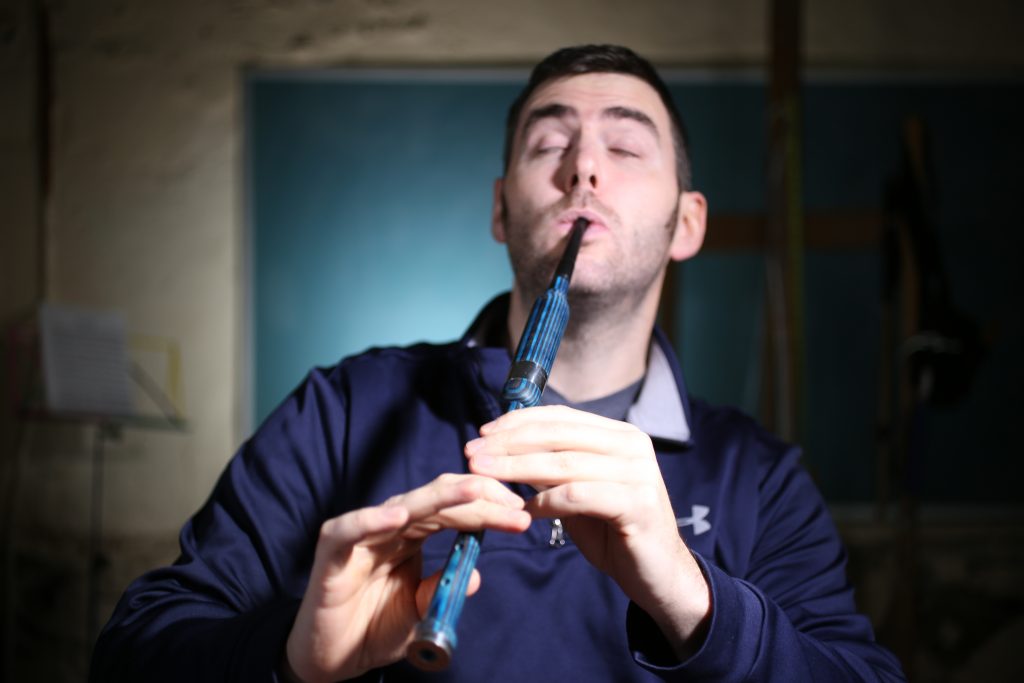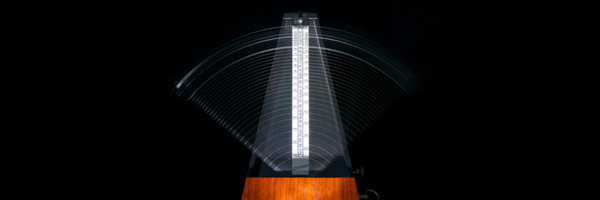Rising Above the Typical Challenges with Sight Reading - Andrew Douglas (Basic)


Sight reading is one of the biggest enthusiasm killers in bagpiping. Just like reading English as kids - it takes time, practice, experience, and arguably a bit of talent to learn to read words on the page (just speaking aloud, of course, is much easier).
There are several key tips to sight reading that I use on a daily basis, and that I try to instill in all of our students:
1) Forget Note Names.
The biggest trick for me is to forget note names altogether. Instead, think about relativity. In other words, where is my next note relative to where I am right now? Often times, it'll simply be 1 note up from where you currently are. Or maybe 2 down. But that's easy to navigate, especially after a little bit of practice. Way harder is to name a note, think about the fingering of the note, and then transfer to that note. Practice using relativity when you sight-read.
2) Use Note Shapes
I learned about note shapes in composing school, and instantly realized how valuable it is to think about when sight reading bagpipe music. In a passage, observe the general shape of notes to come. For instance:
- Notes rise gradually
- Notes fall gradually
- Notes rise sharply.
- Notes fall sharply.
- Notes form an upward curve (they go up and then down again)
- Notes form a downward curve
- ...what other shapes might there be (probably not too many other shapes....)
See? Once we learn to recognize just a few note shapes, we now have MAJOR clues as to what our fingers will be up to in the upcoming moments.
3) Learn The Basic Rhythmic Figures
I've learned to see all notes as 1 of 3 possible rhythmic "figures" - an even note, a dot-cut combo, or a cut-dot combo. It's very rare to find any figures whatsoever that don't fit into this group of 3.
Once I know my figures, I'm never surprised by a rhythm that pops in front of me while sight reading, and I know how to handle the rhythm.
4) Stay Ahead of the Bouncy Ball
Lastly, do you know that bouncy ball that follows the words in any Disney sing-along? That shows us what we should be playing/singing at any given moment, but really we all know that we need to read a few words ahead at all times to get a smooth musical flow out of our singalong. Well, be sure to do the same thing while sight reading. Stay a few notes ahead with your eyes as you sight read.... it'll really help!
Have a look at the class we taught on this subject in December of 2013!
In this class, we look at several of the key sight reading concepts needed to be successful - let's simply things so we can be super efficient.
Date of Original Live Class: Tuesday, December 3rd, 2013 at 7:30am
Course Name: Technique Development
Class Name: Sight Reading Tricks and Concepts
Class Instructor: Andrew Douglas
Access This Class Recording:
This class link is restricted to those with a 'Basic' membership or above. Don't worry though - you can have access to this class in 3 minutes or less! Click here to purchase your membership now!






Are you aware that this web page is flagged by Webroot security software as "suspicious" and has a "high likelihood" of transmitting malware? I navigated to it from your email. Thought you would like to know.
Tim Peterson
This is something I never think about. After playing Beethoven, Chopin, and Mozart sonatas on the piano my whole life, reading a single line of music is a picnic! but not everyone comes to bagpiping with an extensive background in music. Your techniques and advice are GREAT, for ANY instrument! it also helps me to step back and think about how it was to learn music for the first time again, and apply it to those whom I help with sight-reading. BRAVO to the dojo, you guys cover every little topic and cover it with professionalism. I tell people about the Dojo all the time!
Very interesting Andrew. I think we ask people to process information on far too many levels simultaneously when reading music and learning fingering. I am not sure about 'note shapes.' Would you mind expanding on that a bit?